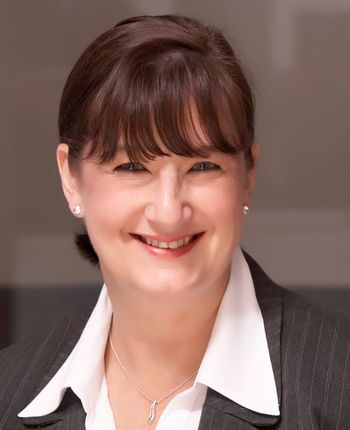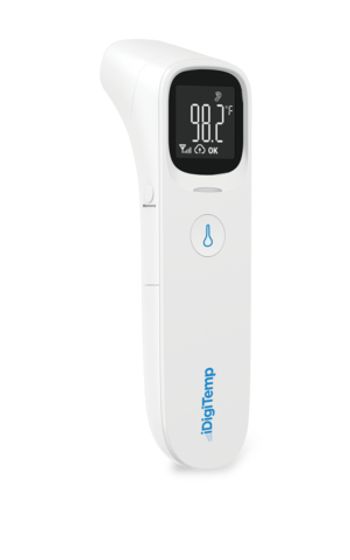
Ways the pandemic weakened patient communications
Study shows that some practices are losing money due to missed appointments and poor follow-up.
The COVID-19 pandemic magnified existing weaknesses in patient communication and scheduling, according to a
At the beginning of the pandemic, a combination of lockdowns and fear set off massive cancellations of in-person medical services and the postponement of elective surgeries. Roughly half (51%) of patients in the survey report being contacted “fairly quickly” about rescheduling their cancelled appointments. However, for more than one-quarter (27%), it “took a while” for their health care providers to contact them to reschedule. Another 8% of respondents were still waiting to hear from their providers months after their existing appointments were cancelled.
Here are other key findings in the report:
Newsletter
Stay informed and empowered with Medical Economics enewsletter, delivering expert insights, financial strategies, practice management tips and technology trends — tailored for today’s physicians.








